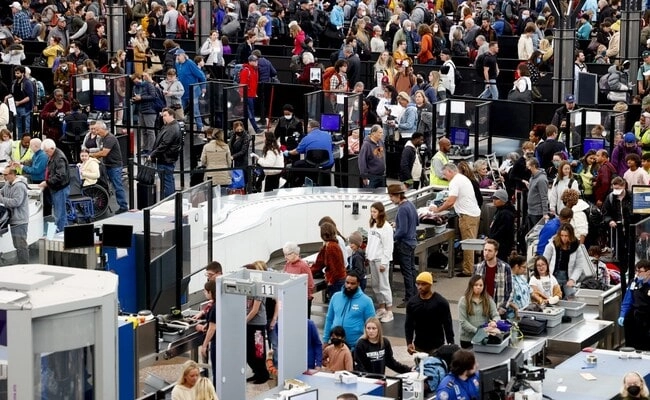A team of scientists has achieved a remarkable feat by reconstructing the bust of a woman who lived approximately 10,500 years ago. This groundbreaking endeavor provides significant insights into the lives and appearances of prehistoric humans. Utilizing advanced technology, including 3D imaging and modeling, researchers were able to piece together facial features and other characteristics from skeletal remains found at a significant archaeological site. This reconstruction not only captures the physical traits of the woman but also opens a window into the social and cultural aspects of her time.
The process began with the careful analysis of the skeletal remains, which were meticulously examined to determine the woman’s age, health, and other biological factors. By applying anthropological techniques, scientists were able to estimate her facial structure and features. The use of modern technology allowed for a more accurate representation, as researchers employed software to simulate the musculature and skin layering that would have existed on her face. This blend of ancient history and cutting-edge science highlights the intersection of disciplines in understanding our ancestors.
The significance of this reconstruction extends beyond mere aesthetics; it serves as a critical tool for understanding the evolution of human beings. By studying the physical characteristics of ancient populations, scientists can draw connections between past and present, shedding light on how environmental changes and migrations have shaped human development over millennia. Furthermore, such reconstructions can influence our understanding of gender roles, social structures, and daily life in prehistoric communities, providing a more comprehensive picture of human history.
This endeavor also sparks a renewed interest in the preservation and study of ancient remains, emphasizing the importance of archaeology in uncovering the stories of those who came before us. As scientists continue to refine their techniques and recover artifacts from our distant past, the narratives that emerge will enrich our understanding of human identity and evolution. The reconstructed bust of the woman from 10,500 years ago is not just a representation of an individual; it is a testament to the resilience and complexity of our species, reminding us of the rich tapestry of human existence that continues to unfold.




